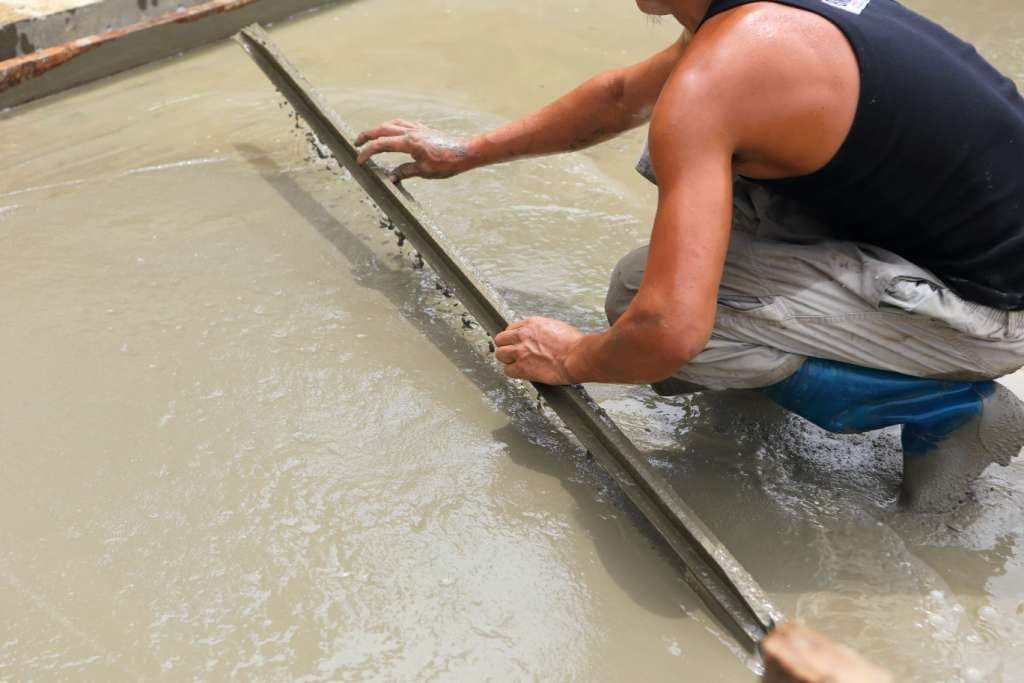
Concrete mix design is a very precise science to achieve designed concrete strength. If concrete ingredients are not mixed properly, many concrete related problems can result and affect the strength and durability of concrete. Bleeding is one of the concrete related problems. It is mostly observed in a highly wet mix and badly proportioned concrete ingredients.
Cocrete Bleeding
After placing of the fresh concrete, free water in a mix rises upward to the concrete surface due to the settlement of solid particles by gravity action. This process is known as bleeding.

In certain situation, though bleeding water does not come up to the surface but bleeding does take place. The bleeding water gets trapped on the underside of coarse aggregates or of reinforcement. This is known as internal bleeding. It affects the bond between hardened cement paste and aggregates or reinforcement on account of higher water-cement ratio. Such concrete is easily prone to the micro cracking due to shrinkage stresses caused by dissipation of heat of hydration and drying shrinkage.
If the bleeding water carries with it more amount of the cement particles, a layer of laitance will be formed.
If this is at the top of a slab, a porous and weak surface layer will result in a dusty surface.
As such bleeding in concrete is not harmful to concrete. But if Bleeding in concrete is too long or too fast it can cause number of problems. Bleeding in concrete depends on the properties of cement. Bleeding gets decreased by increasing the fineness of cement because finer particles hydrate earlier and also their rate of sedimentation is lower.
The properties of cement are not an only sole factor influencing the bleeding of concrete. The presence of fine aggregates and higher water-cement ratio also lead to bleeding.
A higher rate of the water-cement ratio can lead to excessive bleeding and if evaporation of water from the surface of the concrete is faster than the bleeding rate, plastic shrinkage cracking may result.
Also Read:
Disadvantages of Bleeding in Concrete
Do’s & Dont’s While Practices With Concrete
































